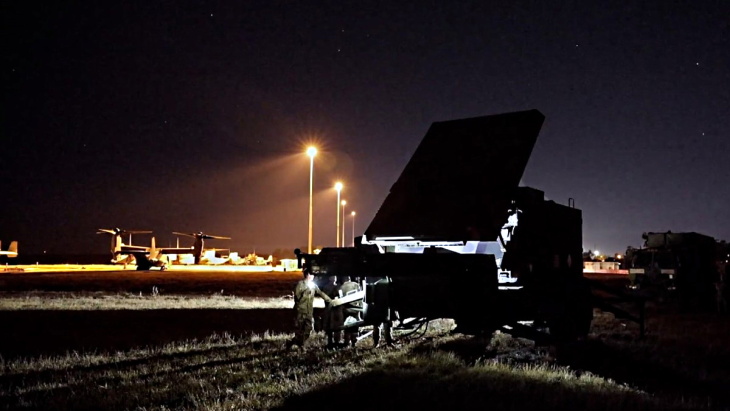Sergey Shmatko, president of Russia's state-owned nuclear power reactor vendor AtomStroyExport (ASE), has been appointed as the country's new energy minister.
Vladimir Putin, who became prime minister last week after two terms as President, reshuffled the cabinet to bring in high-profile figures from his presidency but leave prominent ministries unchanged. Putin announced the 24 positions, eight of them new, at a cabinet meeting in the government headquarters. President Dmitry Medvedev, Putin's hand-picked successor who was inaugurated last week, quickly approved the appointments.
Putin's major structural change was to split the Ministry of Energy and Industry into two separate ministries - the Ministry of Energy (Minenergo) and the Ministry of Industry (Minprom). This is a reflection of the growing importance of oil and gas exports and concerns that the country's industrial sector is underdeveloped. Victor Khristenko, formerly minister of industry and energy, will head the Ministry of Industry.
Sergey Shmatko, aged 42, was appointed as president of ASE in 2005. Since January, he has also served as deputy director of AtomEnergoProm, the state giant that includes all of Russia's civilian nuclear assets. Between 1985 and 1988, Shmatko worked on Soviet nuclear submarines in the Northern Fleet.
Following Shmatko's appointment as energy minister, ASE's board of directors will now have to elect a new president. The company's senior vice president, Alexander Nechayev, will act as president until Shmatko's replacement is elected.
Meanwhile, Kirill Komarov, deputy director of AtomEnergoProm since December 2007, has been appointed as chairman of the Committee on Power Machinery Construction of the Union of Machine Builders of Russia. The committee was formed to consolidate the efforts of the national power machinery builders for developing Russia's power generating capacities, including nuclear power plants. The Union has over 300 partners representing the interests of almost three million workers in different sectors of the machine building industry.




_69218.jpg)

_50545.jpg)
_28367.jpg)
_76087_55556.jpg)




